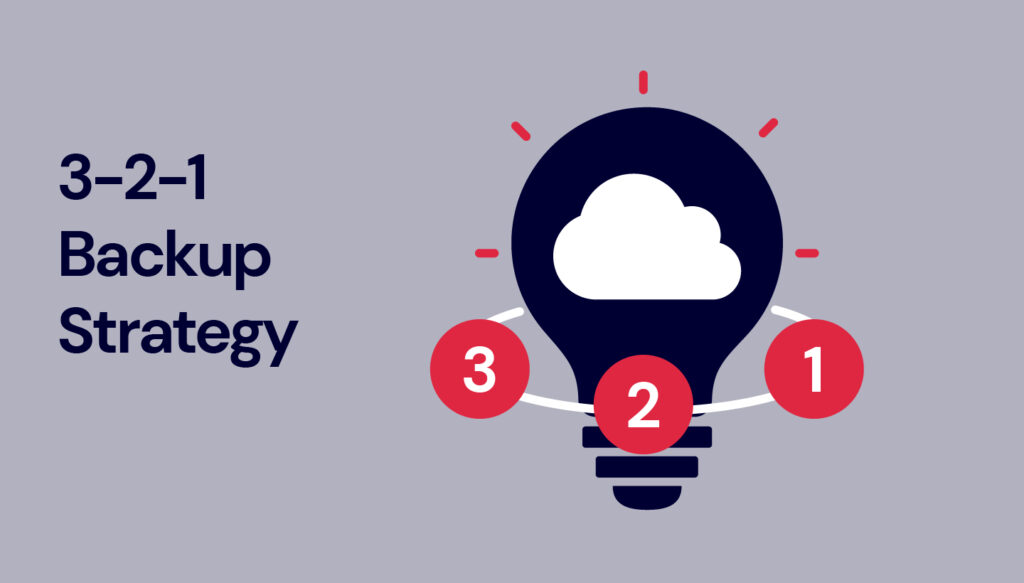Data Protection: The 3-2-1 Backup System

In the information age, data security and accessibility have become critical concerns for everyone, from individuals to large enterprises. Data loss due to risks such as cyberattacks, hardware failures, or natural disasters can result in significant financial and emotional losses. This is why many individuals and organizations today adopt effective methods like the 3-2-1 backup system.
What is the 3-2-1 Backup System?
The 3-2-1 backup system is a straightforward yet reliable data protection strategy. It involves creating at least three different copies of your data, storing two of those copies in different environments, and keeping one copy in an offsite location.
At Least Three Copies: It is recommended to have at least three different copies of your data. This is crucial to prevent data loss and ensure protection against various scenarios.
Two Different Media: Store at least two of your data copies on different media, such as an external hard drive and a cloud storage service. This way, if one storage medium fails or is compromised, the second copy remains secure.
One Copy Offsite: One of the most important steps is to keep a copy of your data in a location separate from your main site. This adds an extra layer of security against physical disasters, theft, or attacks.
Why is the 3-2-1 Backup System Important?
Data Security and Continuity: Preventing data loss, ensuring business continuity, and maintaining operational sustainability are critical. The 3-2-1 backup system is a powerful tool to achieve these goals.
Protection Against Various Threats: Relying on a single copy or storage method can leave you vulnerable to many risks. The 3-2-1 backup system provides comprehensive protection against different scenarios.
Ease of Data Recovery: In the event of data loss, quickly restoring from multiple copies allows you to continue business processes and activities with minimal disruption.
In Conclusion
The 3-2-1 backup system stands out as a fundamental strategy for data security today. Individuals, small businesses, and large organizations alike can secure their data and prepare for potential risks by implementing this system. It is important to remember that a backup strategy should not only be created but also regularly tested and updated. This ensures that you can minimize data loss in any situation and effectively protect your informational assets.